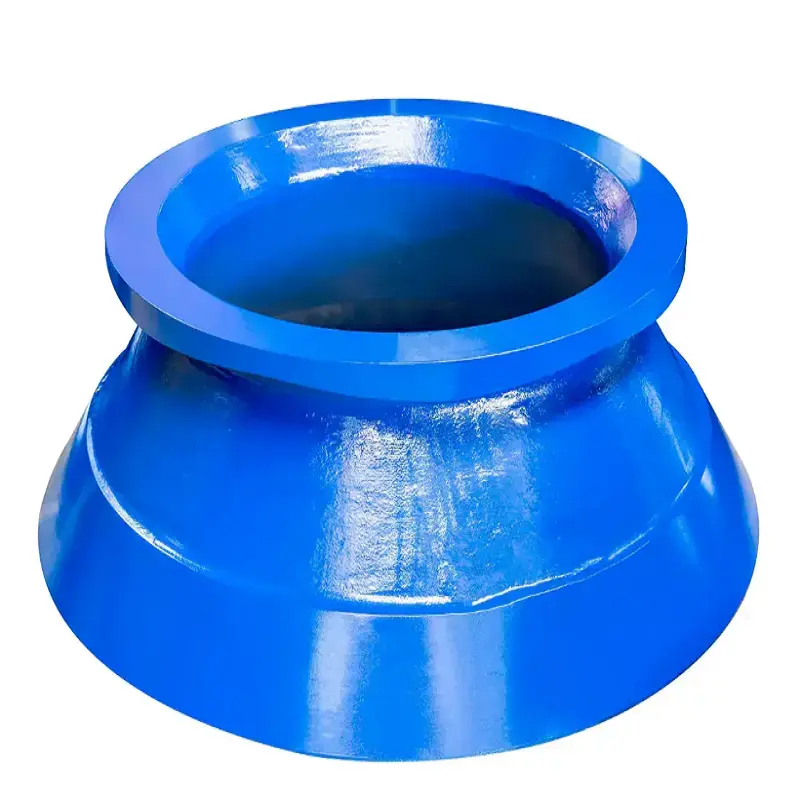How to ensure the stability of the jaw plate after its installation?
The stability of the jaw plate after installation is crucial for the normal operation of the Jaw Crusher. The following are some key steps and methods to ensure the stability of the jaw plate:
1.Check the fixing bolts
Make sure that all the bolts for fixing the jaw plates have been correctly installed and tightened. Use a torque wrench to tighten the bolts according to the torque value recommended by the manufacturer to avoid instability of the jaw plate caused by loose bolts.
2. Adjust the balance
Check the balance of the jaw plate. If the jaw plate is unbalanced, it may cause vibration and instability during the operation of the equipment. Balance can be achieved by adjusting the bolts or washers. Ensure that the jaw plate remains stable during the operation of the equipment to avoid vibration or damage to the equipment due to imbalance.
3. Check the clearance
After installation is completed, check the gap between the jaw plate and other components of the jaw crusher. Ensure that the gap complies with the technical requirements of the equipment. Excessive or insufficient clearance may both affect the operational efficiency and service life of the equipment. Use a feeler gauge or other measuring tools for precise measurement.
4. Lubrication
Ensure that the connection parts and moving components of the jaw plate are fully lubricated. Regularly add or replace lubricating oil to reduce friction and wear and extend the service life of the equipment. Insufficient lubrication may cause components to overheat and wear, affecting stability.
5. Regular inspection
Regularly check the wear condition of the jaw plate. If severe wear is found, it should be replaced or repaired in time to avoid a decline in equipment performance or failure due to wear. Wear may cause changes in the shape of the jaw plate, affecting its stability.
6. Adjust the gap
During the operation of the equipment, regularly check the gap between the jaw plate and the jaw crusher. According to the operation status of the equipment and the characteristics of the materials, adjust the gap in a timely manner to ensure the best crushing effect and equipment operation efficiency. Improper clearance adjustment may lead to uneven force distribution on the jaw plate, affecting stability.
7. Use professional tools
Installation and commissioning should be carried out using professional tools and equipment, such as torque wrenches, feelers, levels, etc. These tools can ensure the accuracy of installation and commissioning, and improve the operational efficiency and service life of the equipment.
8. Follow the technical specifications
When installing and debugging the jaw plate, it is essential to follow the technical specifications and operation manual of the equipment manufacturer. These norms and manuals provide detailed operation steps and precautions to ensure the correct installation and commissioning of the equipment.
9. Safety first
When carrying out installation and commissioning work, safety must be given top priority. Wear necessary protective equipment, such as gloves and goggles, to avoid accidents caused by improper operation.
10. Regular maintenance
Regularly maintain and inspect the jaw plate to promptly identify and address potential issues. Regular maintenance not only extends the service life of the equipment, but also enhances its operational efficiency and safety.
By following the above steps and methods, you can ensure the stability of the jaw plate after installation, thereby enhancing the operational efficiency and service life of the jaw crusher. It is hoped that these methods can help you better install and debug the clamp plate to ensure the stable operation of the equipment.




